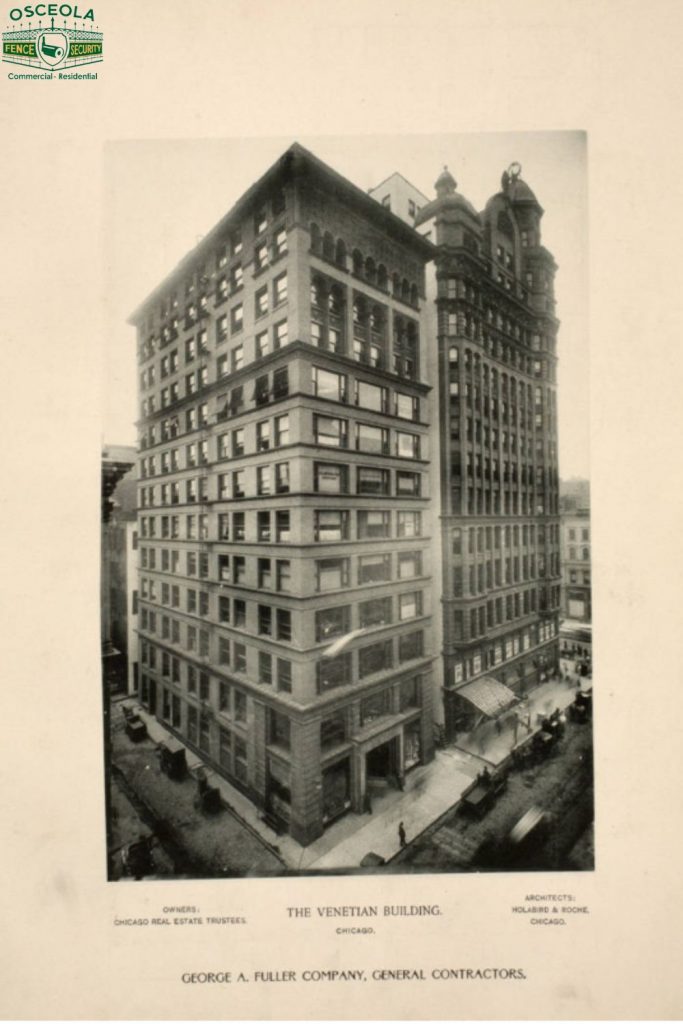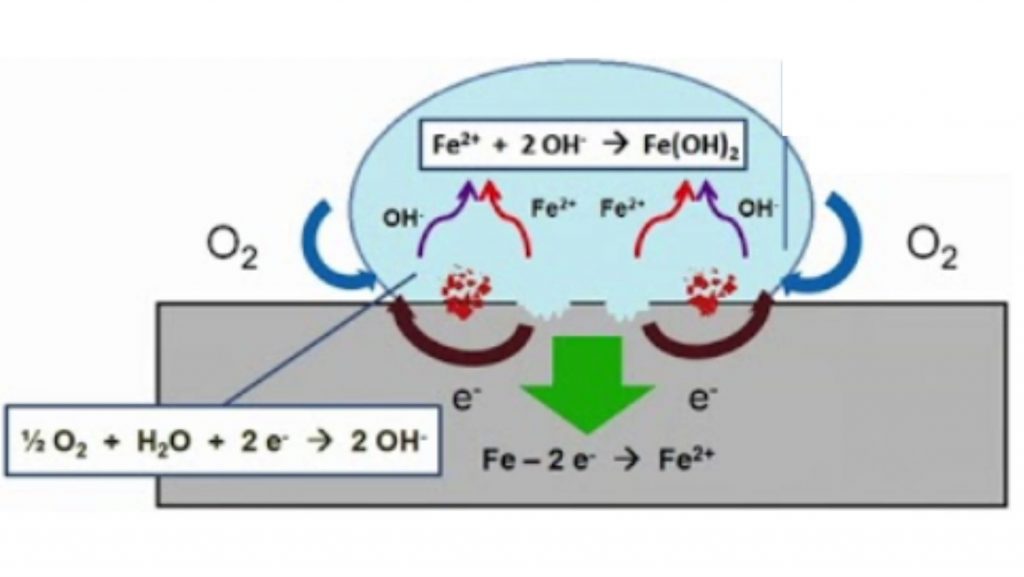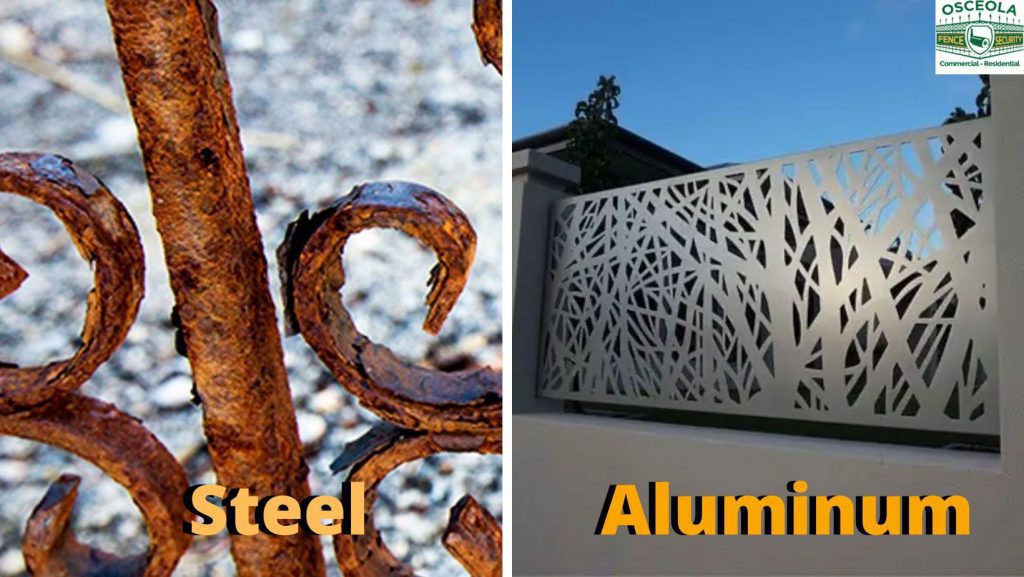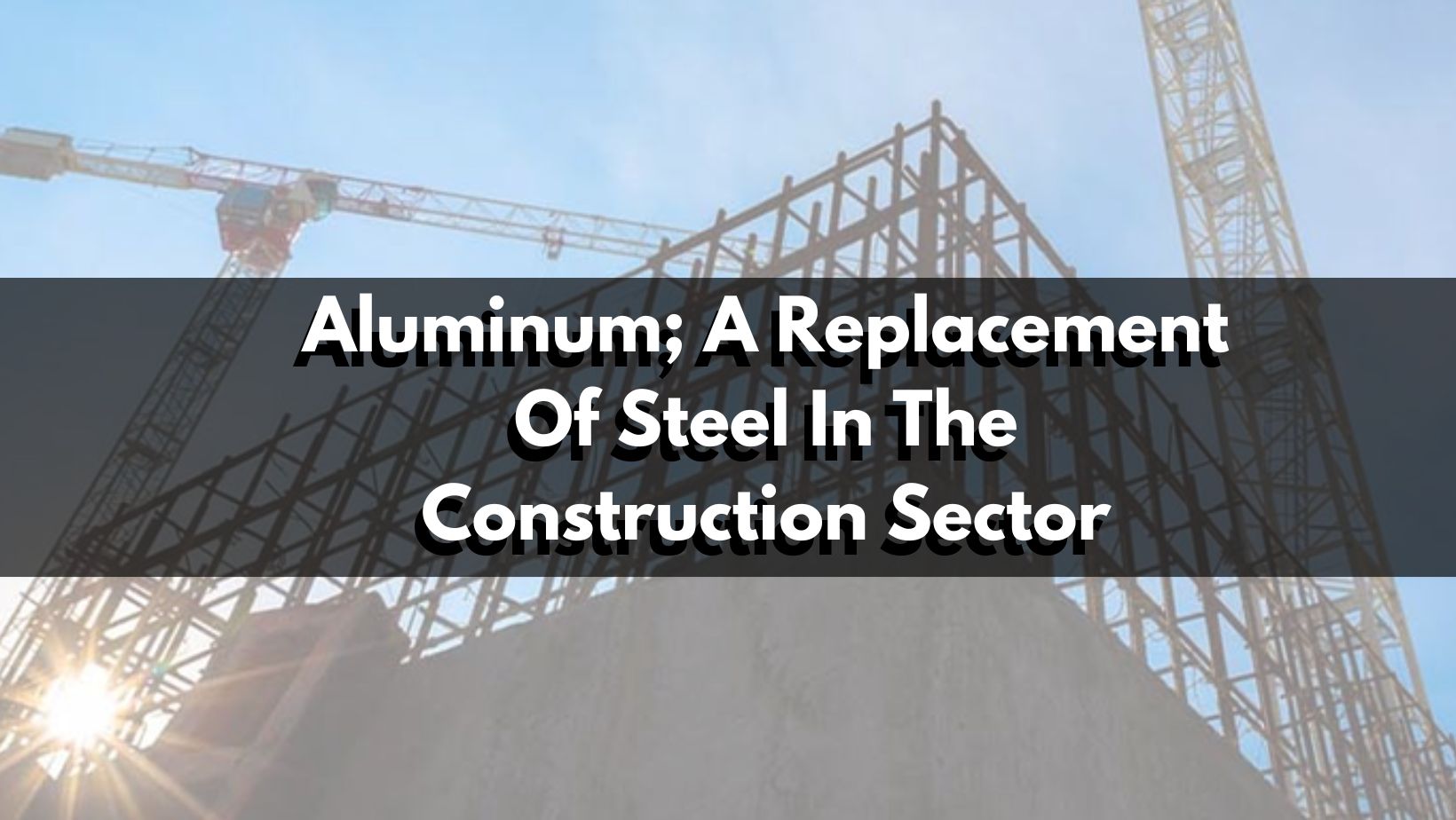Total Replacement Of Steel By Aluminum In The Construction Sector
Written by an anonymous hero
Did You Still Think That Steel Is The Best Material For Construction?
Abstract: From the industrial revolution to the present, steel has been the best and most used material for construction, however, it is significantly affected when it interacts with a corrosive environment, affecting its properties significantly. On the other hand, aluminum is a low density material that forms a natural protective passive layer when it comes in contact with oxygen in the environment, besides its cost is lower compared to steel. Therefore, this article studies the advances of aluminum and its potential to replace steel in some construction applications
Introduction
Materials have been part of mankind since the beginning of time, starting with the discovery of the use of tools, man has managed to take advantage of the resources at his disposal to build everything we know today. It was the arrival of the Industrial Revolution, in 1760 where there were profound economic, social, cultural and technological transformations that meant the creation of technological and scientific innovations that broke the socioeconomic structure of that time until the present, and as a result of this process today we manufacture items from a simple match to spacecraft, our evolution has occurred with the use and discovery of new materials.
There are several types of materials for construction, which can be classified according to their nature: metallic, polymers, ceramics, and organic materials such as wood

Metallic Materials For Construction
Ferreous material in history
Ferrous materials have been protagonists in our history in many of the constructions we see today. However, in spite of being a material with good mechanical properties, it is affected by the humidity of the environment. When there is humidity, a chemical reaction occurs in the material which, when uncovered, leads to a degradation process known as corrosion, which is nothing more than the total or partial degradation of a material as a result of the interaction with the environment.
Aluminum: a non-ferrous material
On the other hand, aluminum is a non-ferrous material, which has taken place in construction due to its characteristics such as low density, low cost (compared to steel) and a particularity that surpasses steel, since aluminum does not corrode; when it interacts with the oxygen in the environment, it forms a passive layer that covers the material, protecting it without the need to apply a special coating.
The purpose of this research is to present the advantages of aluminum over steel and to answer the following questions. Could aluminum completely replace steel as a construction material, could we be witnessing the beginning of a new aluminum revolution? Could aluminum have better construction properties than steel?
Materials and methods
A research was carried out based on the compilation of articles referring to the use of these materials as an article published by FKANCIS C. FRARY the Aluminum Company of America,. New Kensington, Pa; where from 1886, when Hall invented the process of eletrolitic reduction, it boosted the use of aluminum for construction, since only 5 years after this the Venetian building in Chicago was built with a great part of its infrastructure with aluminum, here the iron railing installation in Chicago was avoided, and it was replaced by aluminum, and thus aluminum was gaining place among the construction materials.
Today some companies in Chicago use aluminum as a material to provide security and privacy, as in railing installation Chicago, the old wrought iron staircases Chicago, although still in use, have been replaced by aluminum.

| Title/Project Name | Venetian Building |
| Street Address/Neighborhood | 15 E. Washington St. |
| City | Chicago |
| State/Province | Illinois |
| Country | United States |
| Date Designed or Built | 1891-1892 |
How it all started:
Since the Industrial Revolution, to date, man has exploited the use of materials for the creation of new technologies to facilitate the quality of life of mankind; during this period it has been discovered that steel is not the only metal that works for structural construction applications. Since steel is significantly affected by environments where moisture is present, comes the use of aluminum as a material for construction applications. It is important to mention that aluminum is the only lightweight metal that is used in structural engineering support structures.
To understand how steel is affected by moisture, lets watch the picture below:

We observe that a water droplet has been deposited on the surface of the steel, at this point the oxidation of the iron occurs in the center of the droplet. This is due to the formation of anodic and cathodic zones where the O2 concentration at the edges of the drop is higher (4), this electrochemical reaction occurs for each drop on the surface, having as a final result a steel structure affected by corrosion as shown in Figure 3, where we can see an example of two structures; on the left we have a commercial wrought iron fence Chicago affected by corrosion, and on the right a commercial aluminum fences Chicago without traces of degradation or deterioration by environmental conditions

On the left we have a commercial Wrought iron fence Chicago uncoated and corroed and on the right we can see a commercial Aluminum Fence Chicago exposed to the same ambient humidity conditions under the same period of time.
Comparative analysis between steel and aluminum
From this table we can analyze the following:
- Aluminum is 3 times lighter than steel, which makes it easier to handle and install compared to steel thus reducing labor effort.
- Corrosion resistance: The formation of a protective oxide film on the surface reduces maintenance costs compared to steel.
- Structural functionality: Thanks to its low elastic modulus (compared to steel), aluminum can be extruded requiring less energy, which makes it possible to obtain rigid shapes without using assembled sections, thus avoiding welding or bolting.
- Aluminum has better mechanical properties at low temperature than steel (which makes it ideal for cold winter applications).
In addition to its physical properties, aluminum is also a sustainable material that offers numerous environmental advantages. Aluminum can be infinitely recycled, which means that it can be reused without losing its quality, making it an ideal material for construction. In addition, the energy required to recycle aluminum is only 5% of that required to produce new aluminum, which means that greenhouse gas emissions are reduced.

Aluminum’s versatility also makes it a popular choice for use in a wide range of construction applications, such as aluminum railings, window frames, balconies, fences and even automatic gates Chicago. In addition, aluminum can be easily extruded, cast and molded into a variety of shapes, allowing it to be customized to meet specific design requirements.
The use of aluminum presents a valid alternative to steel when structural weight is a critical issue. In addition, the total absence of maintenance costs increases the advantages of aluminum over steel, especially for structures located in humid environments.
Conclusions:
- Aluminum is three times lighter than steel, its lightness makes it ideal for transportation and installation in any of its applications.
- The cost of aluminum is much lower than steel, so for large projects where a resistant material is needed, aluminum will be an excellent choice.
- Thanks to the formation of a natural protective film that aluminum produces when it reacts with the oxygen in the environment, the maintenance cost of products such as electric gates chicago or railing installation chicago decreases considerably.
- So aluminum is an ideal candidate to replace steel as a building material, and from what we saw in this article, all indications are that aluminum’s construction properties undoubtedly outperform steel.
Reference
1.- https://acortar.link/HOzpce
2.- https://acortar.link/wN0h4H
3.- https://acortar.link/6DETmv
4.- https://acortar.link/PMQp5v
5.- https://acortar.link/SSZRp7
6.- https://pubs.acs.org/doi/pdf/10.1021/ie50310a009





